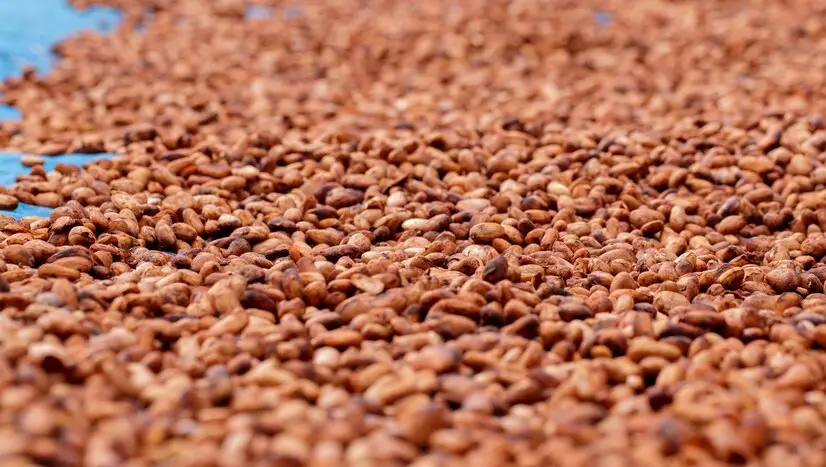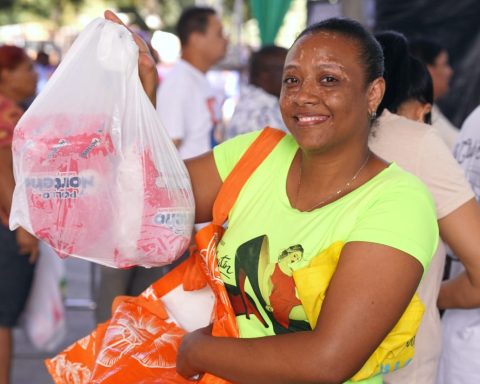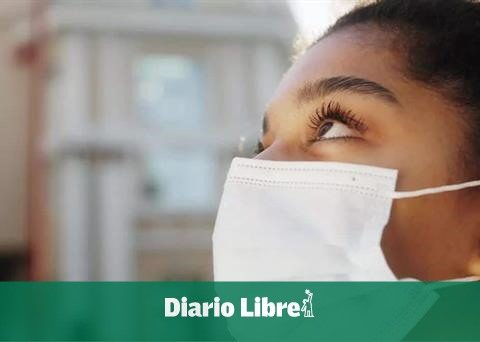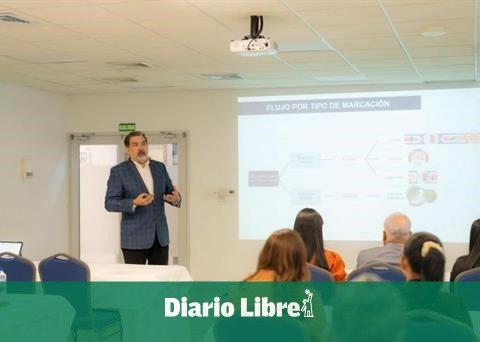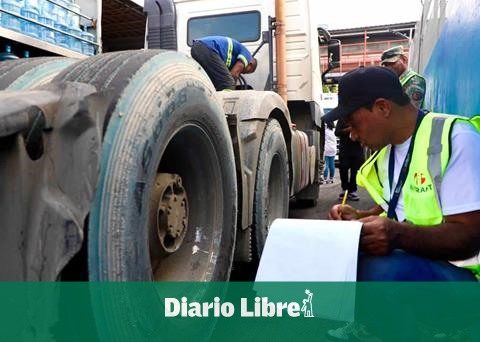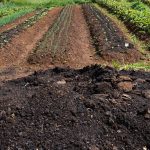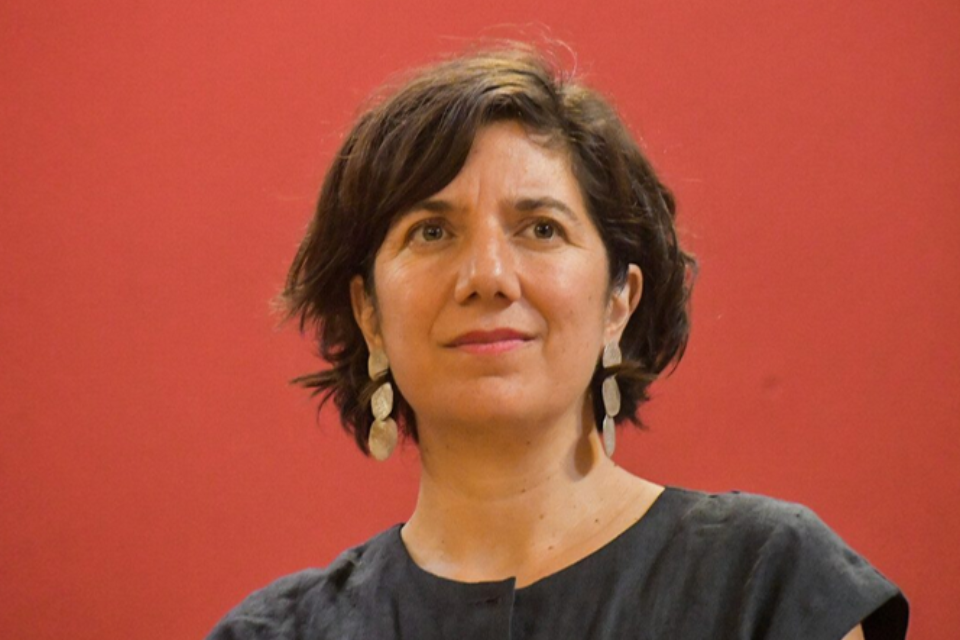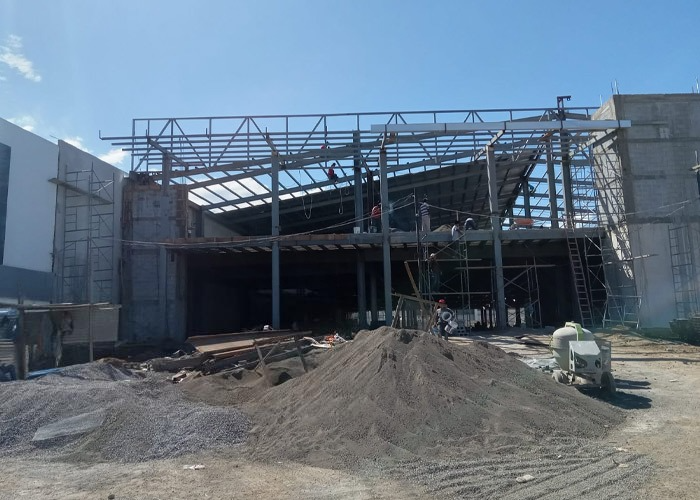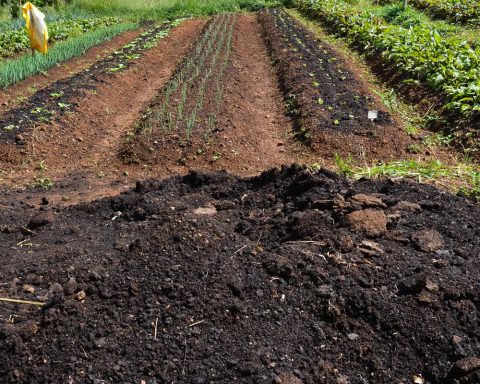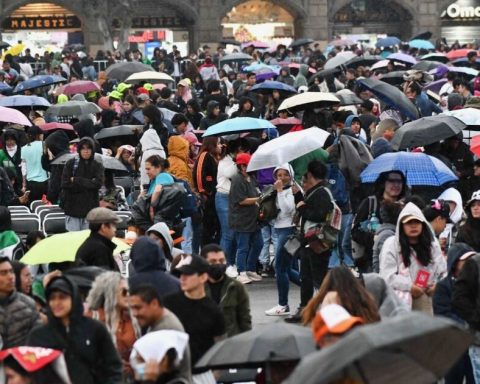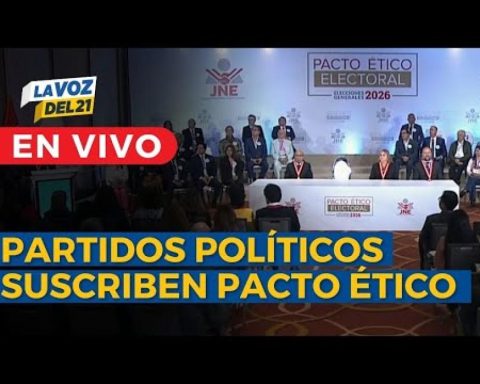Dominican cocoa has a well-earned reputation in the international market. As of 2008 it was declared as Fine or Aroma. 40% of nationally produced cocoa can be sold as such, but if we do the work we can bring that percentage to 70%.
However, the 40 thousand families that are estimated to cultivate around 171,875 hectares distributed in seven regions of the country have traditionally had low incomes, which do not ensure their well-being and generational change.
We are in a moment that should lead us to a change. The price of a ton of cocoa has risen from between 2,000 and 3,000 dollars in which it remained for a long time to more than 11,200 dollars today. For local cocoa producers this has represented an increase in the price per quintal from between 5,000 and 6,000 pesos to more than 30,000 pesos.
Now, the question is: Are we taking advantage of this bonanza, as is being done in other countries, to make the transformations in cocoa cultivation that ensure the medium and long-term well-being of producer families, through an increase in productivity, as well as ensuring environmental sustainability? The productivity of Dominican cocoa is around 70 pounds per task, considered very low.
So the renovation of the stagnant plantations is key to achieving these objectives and it is not clear that we are doing it properly, despite the fact that on November 12, 2020, President Luis Abinader issued decree number 641-20, through which declared the cultivation and export of cocoa of high national interest, with the purpose of enhancing its transcendental social, economic and environmental contributions to the sustainable development of the country.
It is true that there are factors that have become a hurdle that we must jump: the atomization of property (most of the production is in the hands of small producers) and the lack of ownership of the plots, which makes financing difficult. But given the strategic importance of these crops, they are challenges that we must feel obliged to overcome.
